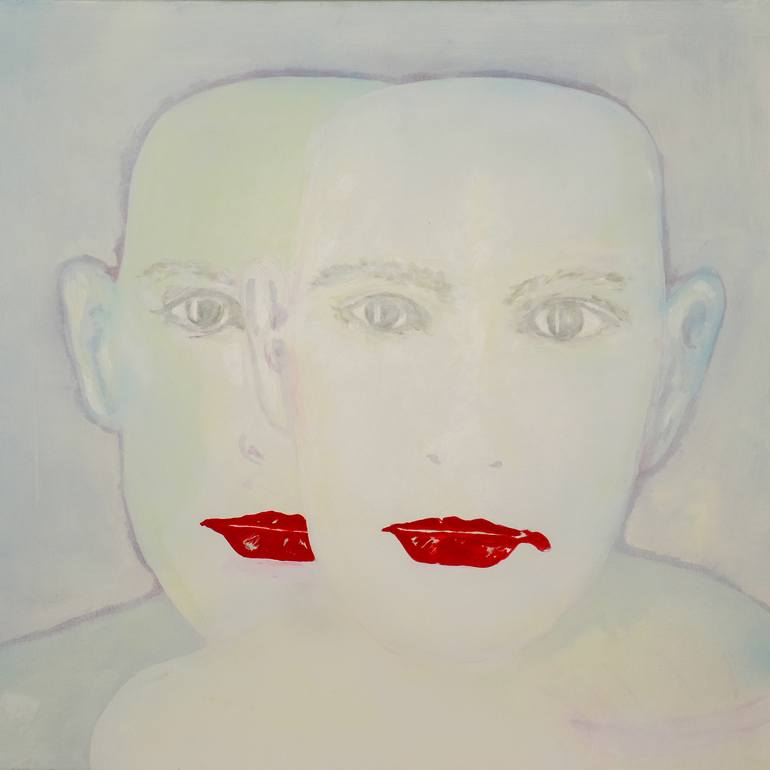


409 Views
1
View In My Room
Painting, Acrylic on Canvas
Size: 110 W x 110 H x 0.1 D cm
Ships in a Tube
409 Views
1
Artist Recognition

Artist featured in a collection
ABOUT THE ARTWORK
DETAILS AND DIMENSIONS
SHIPPING AND RETURNS
For PAIR Project. Microphisics of affection Rodrigo Alonso, Art curator. Two adults walk along in an unknown place. The sun projects their shadows in front of them telling us that it is around midday. The casual walkers, a man and a woman, are wearing shorts and shirts over short-sleeved T-shirts,...
Year Created:
2015
Subject:
Mediums:
Painting, Acrylic on Canvas
Rarity:
One-of-a-kind Artwork
Size:
110 W x 110 H x 0.1 D cm
Ready to Hang:
Not Applicable
Frame:
Not Framed
Authenticity:
Certificate is Included
Packaging:
Ships Rolled in a Tube
Delivery Cost:
Shipping is included in price.
Delivery Time:
Typically 5-7 business days for domestic shipments, 10-14 business days for international shipments.
Returns:
14-day return policy. Visit our help section for more information.
Handling:
Ships rolled in a tube. Artists are responsible for packaging and adhering to Saatchi Art’s packaging guidelines.
Ships From:
Argentina.
Customs:
Shipments from Argentina may experience delays due to country's regulations for exporting valuable artworks.
Need more information?
Need more information?
Daniel Romano
Argentina
DANIEL ROMANO Statement I am challenged by the conflictive nuclei of interpersonal relationships. I understand the artist's work as a challenge to push the boundaries of the established, to wonder about what is not observable at first glance and to poetically embrace the edges of what separates us as individuals. In OTRO –as in my previous works- I go on seeking to stage conflict systems, to bring unresolved situations closer to allow second thoughts. I found myself with the challenge of rethinking (myself) about others, who I am not and, therefore, revisiting my own place of belonging. This work led me to approach the possibility of coming together with others using artistic methodology as a map and as a strategy. IG
Artist Recognition

Artist featured by Saatchi Art in a collection
Why Saatchi Art?
Thousands of
5-Star Reviews
We deliver world-class customer service to all of our art buyers.
Global Selection of Original Art
Explore an unparalleled artwork selection from around the world.
Satisfaction Guaranteed
Our 14-day satisfaction guarantee allows you to buy with confidence.
Support Emerging Artists
We pay our artists more on every sale than other galleries.
